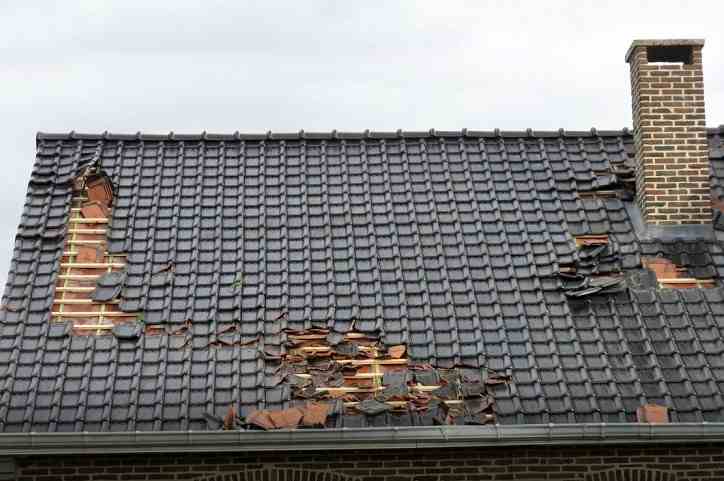It’s obvious how roofs can get damaged by falling branches and toppling trees, but what kind of damage does weather inflict?
In this blog, we look at how weather conditions–extreme and otherwise–can impact residential and commercial roofs in North Georgia
Wind Damage
We may not often see sustained hurricane-force winds ripping through Georgia, but we definitely see tropical storm conditions. In the last 25 years, North Georgia has experienced multiple storms with winds strong enough to bring down trees and power lines.
Wind activity is one of the top weather conditions that causes damage to roofs–especially to roofs clad with asphalt shingles. Produced by tropical storm systems, local thunderstorms, hurricanes, and tornadic activity, strong winds can dislodge shingles or blow them off altogether. Strong winds can also lift and tear back whole sections of roofing, and cause trees, branches, and objects to become projectiles that crush or puncture roofs.
We recommend home- and property owners contact a Georgia roofing company like Elevated Exteriors after a period of strong winds. Get your roof checked and, if necessary, covered with a tarp until repairs can be made.
Hail Damage
If you’re a longtime North Georgia resident, you know that yes, we do get hail storms.
Of all roofing materials, asphalt shingles sustain the most damage when pummeled by hail. The barrage of ice chunks causes punctures, edge tears, and fractures in the shingle mats. Fractures are soft places in the shingle where hail has scraped off granules, leaving the exposed asphalt felt mat below.
Studies (Marshall & Herzog, 1999) have shown that an average-aged organic mat shingle is damaged by hail chunks one inch in diameter. Laminated shingles are sturdier and can withstand impacts of ice chunks up to 1.5” across.
Shingles in roof areas without much underlying support are more susceptible to hail damage than shingles covering supported areas. Vulnerable areas include edges and ridges, rakes, eaves, and valleys.
Deterioration Due to Heat
Intense heat plus UV radiation over time causes shingles to dry out and their edges to warp upward. Once edges begin to curl, shingles become vulnerable tearing, chipping, cracking, and being lifted in wind.
Many asphalt shingle roofs will last about 20 years. Roofs in the southeast USA endure more heat and UV radiation than in other parts of the country and can see a lower lifespan because of these conditions.
Some roof coatings have been developed that reflect radiation and heat. Georgia oofs with these coatings typically last longer than those without the coatings.

